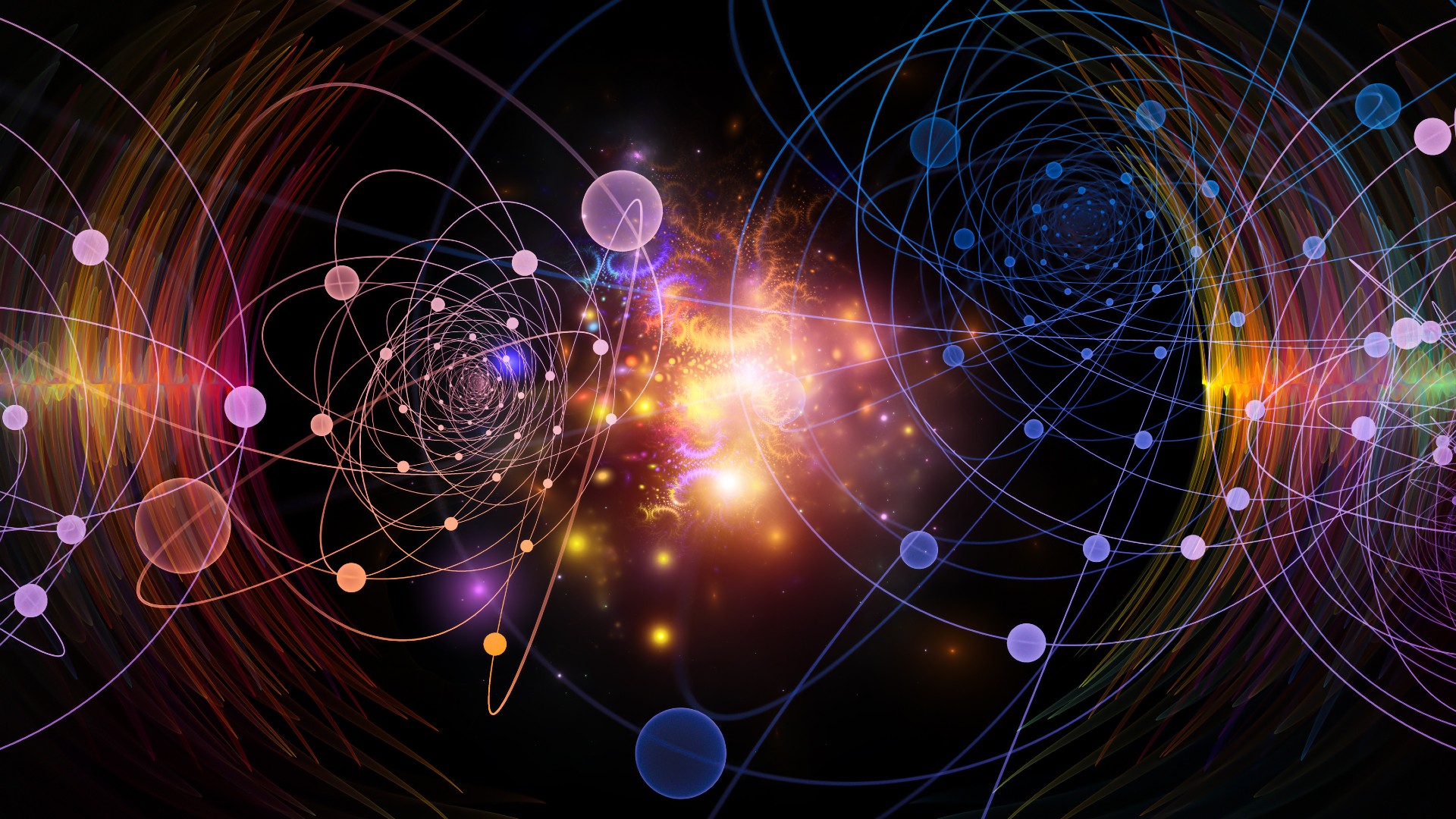Quantum computing has emerged as a frontier of computational science, promising exponential speed-ups in processing capabilities through the paradigms of quantum mechanics. Among various approaches to quantum computation, nuclear magnetic resonance (NMR) has been a subject of intense scrutiny due to its unique advantages and potential limitations. This article will delve into the intricacies of NMR quantum computation, exploring its fundamental principles, operational mechanisms, current state, and future prospects.
Understanding Quantum Computation
At the heart of quantum computation lies the quantum bit, or qubit, which diverges substantially from its classical binary counterpart, the bit. A classical bit can occupy a state of either 0 or 1, whereas a qubit can exist in a superposition of both states simultaneously. This pivotal property enables quantum systems to perform myriad calculations in parallel, thereby accelerating problem-solving capabilities for complex tasks. Quantum computation leverages additional phenomena such as entanglement and interference to further amplify its computational might.
The Principle of NMR Quantum Computation
Nuclear magnetic resonance offers a tangible method for manipulating qubits confined within nuclear spins of atoms. The operational framework relies on the principles of magnetic resonance, a technique primarily employed in medical imaging, particularly in magnetic resonance imaging (MRI). In an NMR quantum computer, the qubits are represented by the nuclear spins of certain isotopes embedded in a sample placed in a strong magnetic field.
The manipulation of qubits in NMR quantum computing is achieved through radiofrequency pulse sequences, which induce transitions between the quantum states. These pulse sequences are analogous to classical operations but operate under quantum mechanical principles. The inherent parallelism of quantum systems allows for the simultaneous processing of multiple qubits, thereby enhancing the efficiency of quantum algorithms.
Benefits of NMR Quantum Computation
NMR quantum computation boasts several distinctive advantages. First and foremost, the coherence times of nuclear spins in certain materials can be significantly prolonged compared to other quantum systems, such as superconducting qubits or trapped ions. This longevity enables intricate manipulations and longer computational tasks without succumbing to decoherence, which is the loss of quantum information due to environmental interactions.
Additionally, the experimental setup for NMR systems is relatively straightforward and well-established, leveraging existing technologies that have been refined over decades. The capacity to perform quantum computation at room temperature further simplifies the complexities associated with cooling requirements in other quantum architectures.
NMR also facilitates the execution of specific quantum algorithms, including quantum search and factoring algorithms, providing valuable insight into solving classically hard problems. The flexibility of the NMR technique allows researchers to conduct quantum algorithms with up to 12 qubits, bridging practical experimentation with theoretical foundations.
Challenges and limitations
Despite its promising aspects, NMR quantum computation faces several stark limitations. Chief among these is the scalability issue. NMR systems suffer when expanding beyond a modest number of qubits, as the entanglement properties and interactions between spins become dramatically complex and difficult to manage. Consequently, the development of larger, more powerful NMR quantum processors remains an elusive goal.
Moreover, the fidelity of operations in NMR systems—an essential measure of computational accuracy—can be affected by the inhomogeneous magnetic fields and variations in the environmental conditions. These influences necessitate advanced error correction protocols and optimal pulse sequences, which may dilute the efficiency of quantum computations.
Furthermore, NMR quantum computers have been criticized for their reliance on ensemble averaging, where the results are obtained from an ensemble of identical, independent quantum states rather than from a single coherent quantum state. This reliance obscures the direct observation of quantum phenomena and can dilute the potential power that quantum algorithms promise.
Recent Advances and Future Directions
Looking forward, the role of NMR in quantum computation might not be that of a standalone contender but rather as a complement to other quantum technologies. Its capacity to contribute as a robust testing ground for quantum algorithms can continue to provide valuable insights into the quantum realm, shaping the future landscape of quantum computing.
Conclusion
NMR quantum computation certainly manifests intriguing capabilities accompanied by substantial challenges. While promising, it is imperative to contextualize NMR within the broader quantum computing landscape. It remains vital that continued research endeavors coalesce to address scalability and fidelity issues inherent in NMR systems. The synthesis of disparate quantum methodologies may well hold the key to realizing the full potential of quantum computation. In summation, NMR serves as a pivotal yet nuanced entity in the intricate tapestry of quantum computing, illuminating pathways while also grappling with considerable obstacles ahead.












